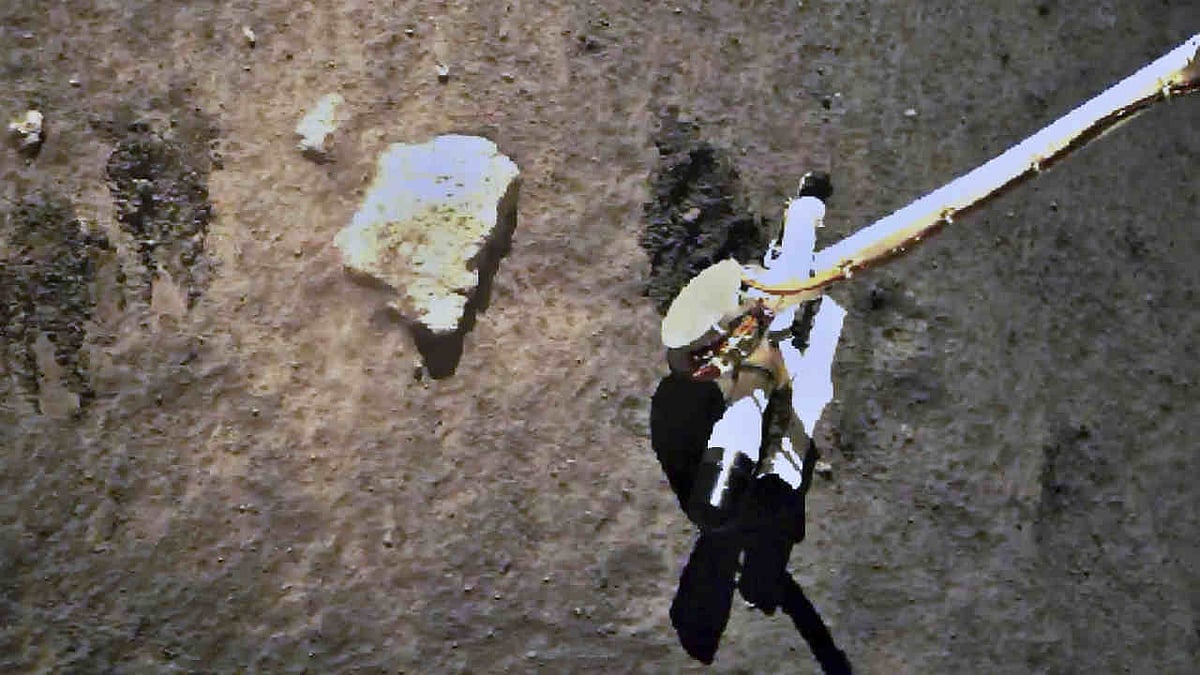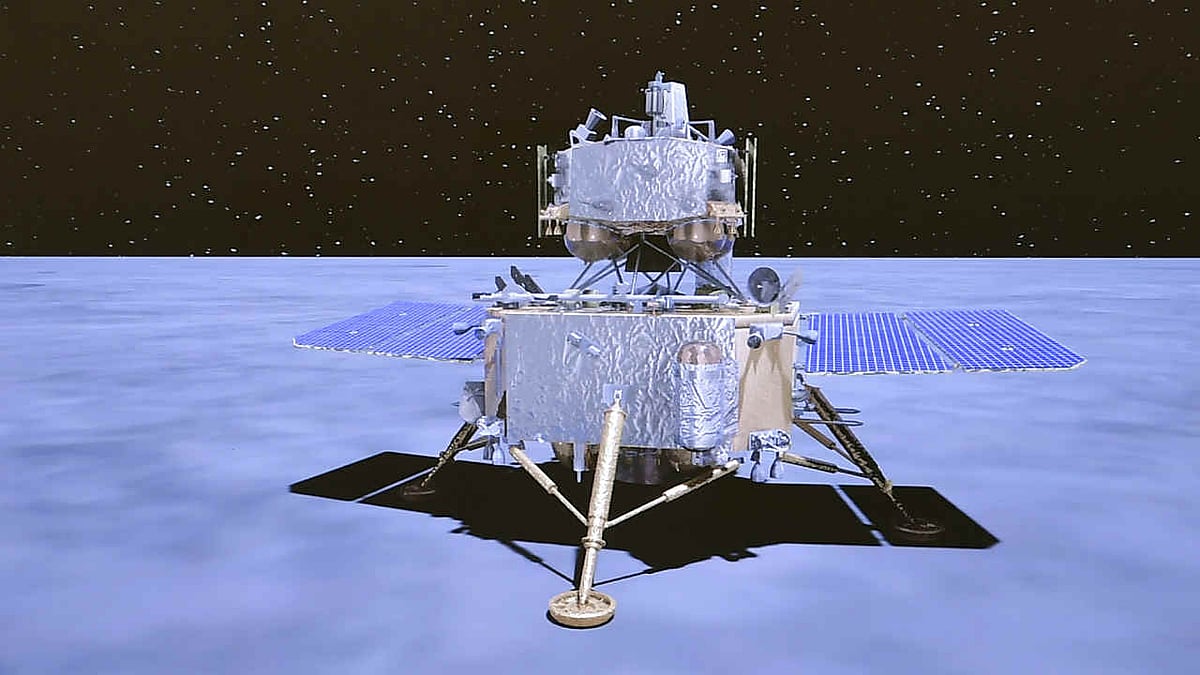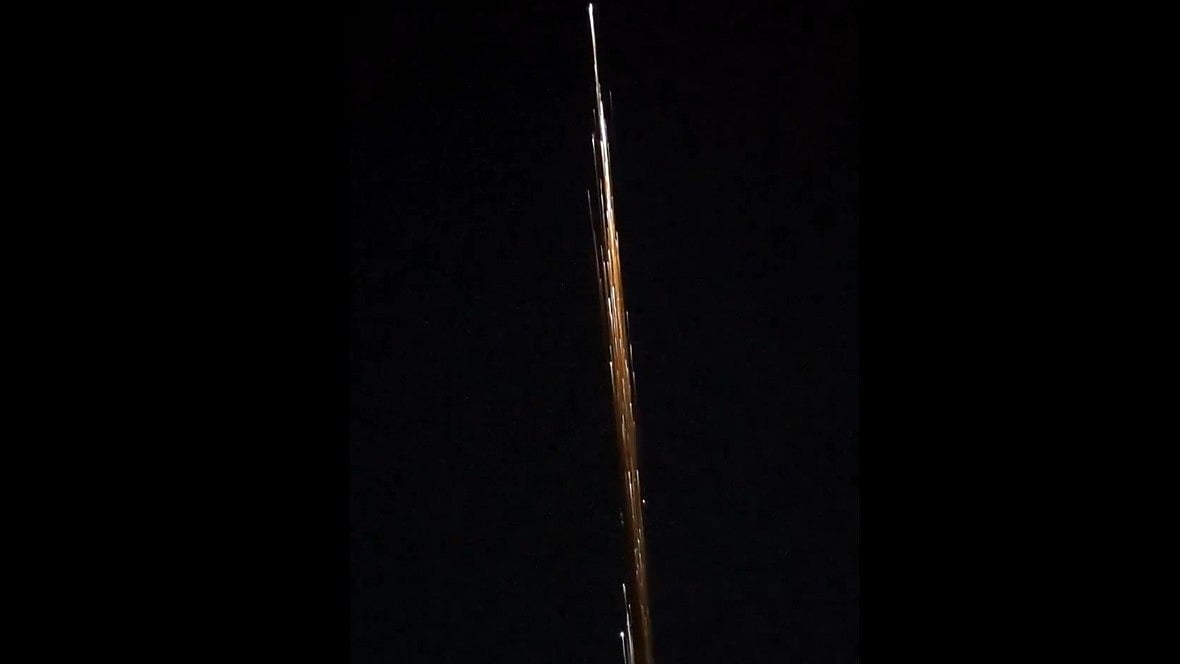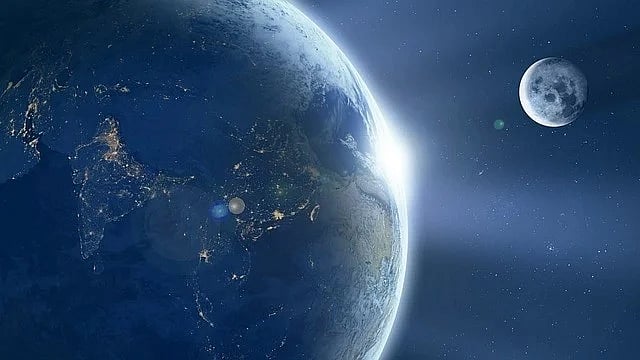China has become only the second nation in the world to plant its flag on the surface of the moon as its unmanned mission left for Earth on Thursday.
Country's space authority that the spacecraft carrying the country's first lunar samples has started its return journey from the moon.
Before the take-off, a Chinese national flag unfurled from the lander-ascender combination, Xing Zhuoyi, a designer of the Chang'e-5 probe from China Academy of Space Technology (CAST) under the China Aerospace Science and Technology Corporation said.
Communist China's red flag on the moon
China's National Space Administration released pictures which showed the five-starred Communist China's Red Flag holding still on the lunar surface. The pictures were taken by a camera on the Chang'e-5 space probe before it left the with rock samples.
Earlier, the United States was the only country to have its flag on the moon. The first flag by the US was planted by Buzz Aldrin during the manned Apollo 11 mission in 1969. In subsequent unmanned missions up until 1972, five more flags were planted on the lunar surface. NASA confirmed in 2012 that satellite images show at least 5 of the six flags still standing.
First effort to bring soil sample in 40 years
This is the first effort to bring samples from the moon in over 40 years.
The United States sent astronauts to the moon to collect samples. In the Soviet Union's unmanned lunar sampling missions, the spacecraft took off from the moon and returned to Earth directly.
The soils obtained from the Moon by the Chinese spacecraft are expected to provide information about its geological evolution and offer insights into solar activities in the universe, according to the mission team.

This image provided by CNSA shows Change-5 probe gathering samples on the moon surface on Wednesday, Dec. 2, 2020 |
The Chinese spacecraft adopted two methods of moon sampling, including using drills to collect subsurface samples and grabbing samples on the surface with a robotic arm. It gathered diverse samples at different sites.
Chang'e-5 probe: Details
China's Chang'e-5 probe, comprising an orbiter, a lander, an ascender, and a returner, was launched on November 24, and its lander-ascender combination touched down on the north of the Mons Rumker in Oceanus Procellarum, also known as the Ocean of Storms, on the near side of the moon on December 1.
After the samples were collected and sealed, the ascender of Chang'e-5 took off from the lunar surface on Thursday at 11:10 pm (Beijing Time), state-run Xinhua news agency reported, quoting an announcement from the China National Space Administration.
It represented the first-ever Chinese spacecraft to take off from an extra-terrestrial body.

This picture taken on December 3, 2020 and released on December 4 by the CNSA CNS shows an image of the ascender stage of the Change-5 spacecraft lifting off from the lunar surface |
An engine, after working for about six minutes, pushed the ascender to present lunar orbit, Xing said.
Different from the ground take-off, the ascender could not rely on a launch tower system.
The lander acted as a temporary "launching pad," which had touched down on the lunar surface quite stably, Xing said.
The ascender is expected to complete the unmanned rendezvous and docking with the orbiter-returner in lunar orbit and the samples will be transferred to the returner, the report said.
When the geometric relationship between Earth and the moon is suitable, the orbiter will carry the returner back to Earth.
(With PTI inputs)












